
Gwanghwamun Gate: A Majestic Symbol of Seoul's Heritage
Explore Gwanghwamun Gate, a historic entrance to Gyeongbokgung Palace, showcasing the architectural beauty and cultural significance of Seoul.
Gwanghwamun Gate stands as an iconic symbol of Korea's rich history and cultural heritage. Situated in the heart of Seoul, this magnificent structure welcomes visitors to experience the essence of the Joseon Dynasty. With its stunning architecture and vibrant surroundings, it is a must-visit for anyone exploring the city.
A brief summary to Gwanghwamun Gate
- 12 Hyoja-ro, Jongno District, Seoul, 110-050, KR
- +822-3700-3900
Local tips
- Visit early in the morning to avoid crowds and enjoy the serene beauty of the gate.
- Check the schedule for the changing of the guard ceremony for a unique cultural experience.
- Bring a camera to capture the stunning architecture and picturesque surroundings.
- Explore nearby attractions such as Gyeongbokgung Palace and the National Folk Museum.
- Try the local street food available in Gwanghwamun Square for an authentic taste of Seoul.
Getting There
-
Subway
If you are in Incheon, make your way to the Incheon Metro Line 1. Board the train towards Seonhak Station. After approximately 30 minutes, disembark at the Incheon Station. From there, transfer to the Airport Railroad Express (AREX) towards Seoul Station. Continue on this train for about 50 minutes and get off at Seoul Station. Finally, take Line 1 of the Seoul Subway and head towards City Hall Station. Once you arrive at City Hall Station, exit the station and walk towards the Gwanghwamun area; Gwanghwamun Gate is approximately a 10-minute walk from there.
-
Bus
From your location in Incheon, locate the nearest bus stop and take Bus No. 1 or No. 300. These buses often travel to Seoul. Make sure to check the bus schedule for the next departure. After about 1 hour and 15 minutes, get off at Gwanghwamun Square, which is right by the Gwanghwamun Gate. From the bus stop, walk a short distance towards the Gate, which should be visible.
-
Taxi
If you prefer a more direct route, you can take a taxi from your location in Incheon. Tell the driver you want to go to Gwanghwamun Gate in Jongno District, Seoul. The journey will take approximately 1 hour, depending on traffic conditions. Make sure to have the address written down in Korean (12 Hyoja-ro, Jongno-gu, Seoul) to show the driver.
Discover more about Gwanghwamun Gate
Iconic landmarks you can’t miss
Heungnyemun Gate
0.1 km
Explore Heungnyemun Gate, a beautiful historical landmark in Seoul, and immerse yourself in the rich heritage of Korea's Joseon Dynasty.
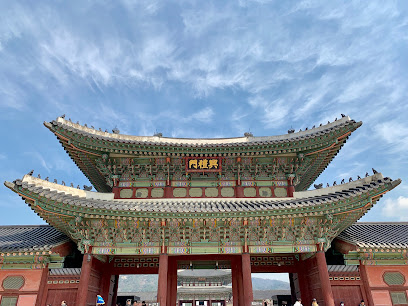
Bigag
0.4 km
Explore Bigag in Jongno District, a vibrant blend of cultural heritage and modernity in the heart of Seoul, where every corner tells a story.
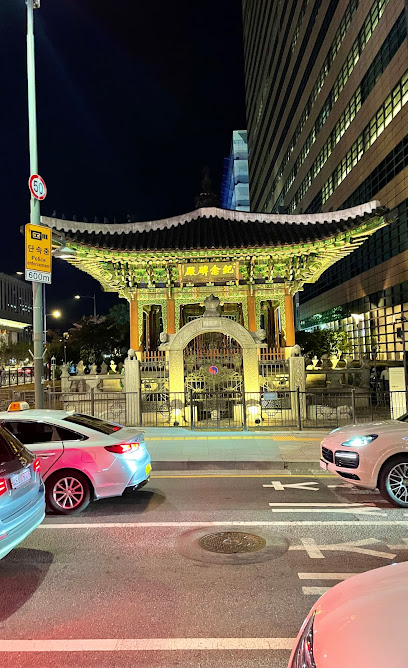
Yeongchumun (West Gate)
0.4 km
Discover the historical grandeur of Yeongchumun, the West Gate of Gyeongbokgung Palace, a must-see landmark in Seoul's rich cultural tapestry.
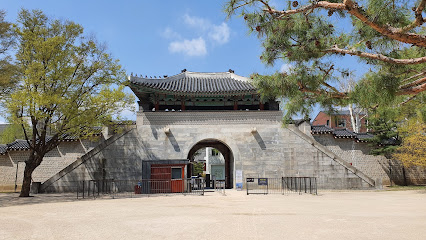
Jagyeongjeon
0.5 km
Explore Jagyeongjeon, a historical landmark in Seoul showcasing royal heritage and exquisite architecture amidst serene gardens.
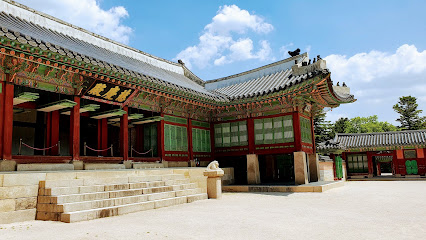
Hanok-gil (Insadong-gil)
0.6 km
Discover the cultural richness and architectural beauty of Hanok-gil in Insadong, the heart of traditional Seoul's art and history.
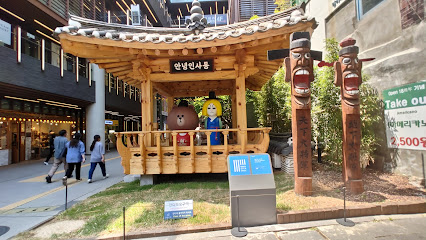
Insadong-gil
0.7 km
Discover the cultural heart of Seoul at Insadong-gil, where traditional arts, crafts, and culinary delights await travelers in a vibrant atmosphere.
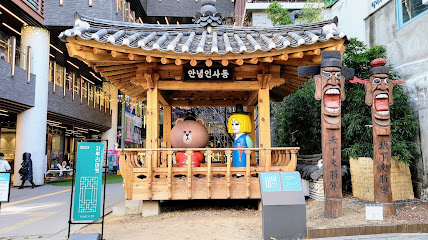
Insadong-gil Street
0.7 km
Explore the vibrant Insadong-gil Street, where tradition meets art in the heart of Seoul, offering unique crafts, delicious cuisine, and rich culture.
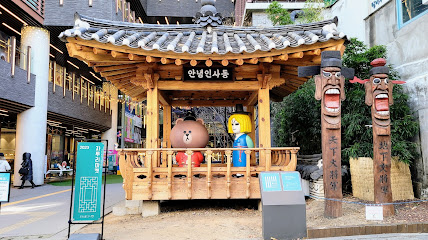
Jongno in Joseon Dynasty Well
0.7 km
Explore the Jongno in Joseon Dynasty Well, a historical landmark in Seoul that unveils Korea's rich heritage and offers a serene escape in the urban landscape.
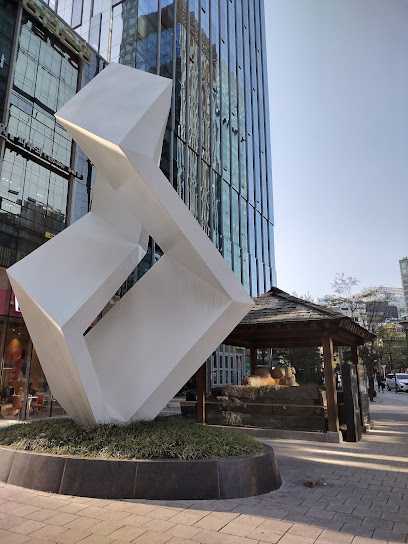
Gongpyeong Historic Sites Museum
0.7 km
Explore the essence of Seoul's past at the Gongpyeong Historic Sites Museum, a heritage treasure showcasing the city's rich archaeological history.
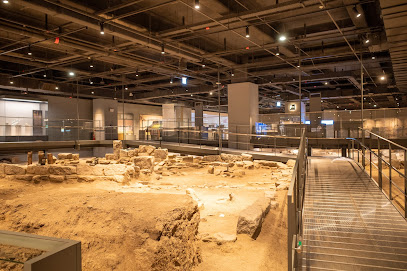
Cheonggye Plaza
0.8 km
Discover the vibrant atmosphere and rich culture of Cheonggye Plaza, a must-visit urban oasis in the heart of Seoul, South Korea.

Cheonggyecheon
0.8 km
Explore Cheonggyecheon, a tranquil stream in the heart of Seoul, perfect for leisurely strolls, cultural events, and urban relaxation.

Neungseongwi Palace site
0.8 km
Explore the Neungseongwi Palace site in Seoul, a historical landmark showcasing Korea's royal heritage and stunning architecture amidst serene gardens.
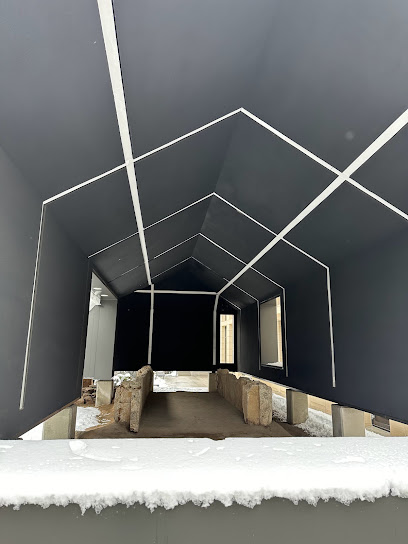
Seoul Museum of History
0.8 km
Explore Seoul's captivating history at the Seoul Museum of History, where the past comes alive through engaging exhibits and stunning architecture.
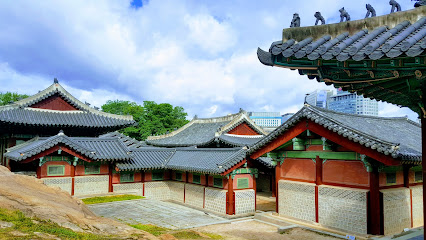
Insadong Culture Street
0.8 km
Experience the vibrant arts and rich culture of Seoul at Insadong Culture Street, a must-visit for tourists exploring South Korea's heritage.
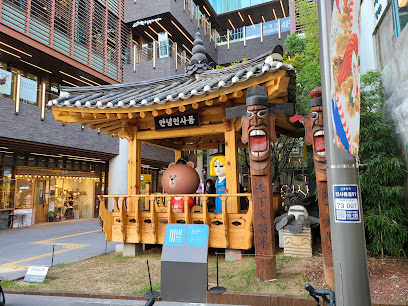
복정우물(Bokjeong Well)
0.8 km
Explore Bokjeong Well in Samcheong-dong, a hidden historical gem steeped in culture and tranquility amidst the vibrant city of Seoul.
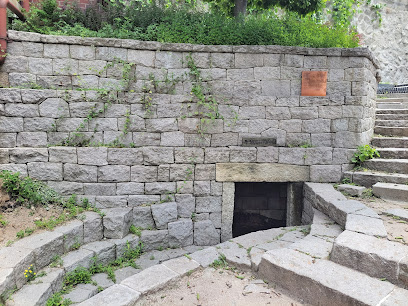
Unmissable attractions to see
Gwanghwamun Woldae (Elevated Platform)
0.0 km
Discover the historical essence of Seoul at Gwanghwamun Woldae, where tradition and modernity converge in a picturesque setting.
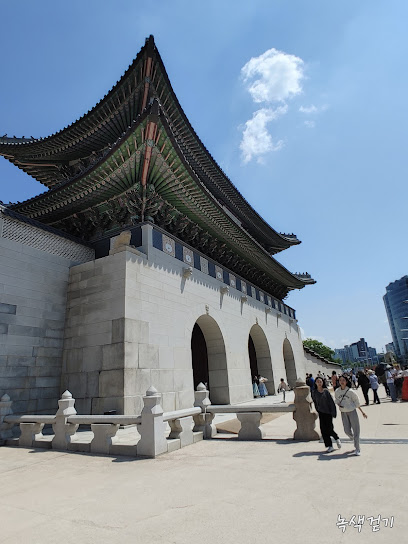
National Palace Museum of Korea
0.2 km
Uncover Korea's royal heritage at the National Palace Museum, where history, art, and culture converge in a breathtaking setting.
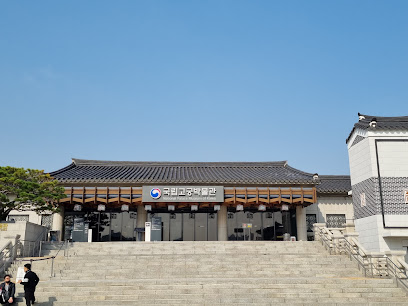
Dongsipjagak
0.2 km
Experience the historical beauty of Dongsipjagak, a must-visit landmark in Seoul that showcases Korea's rich cultural heritage.
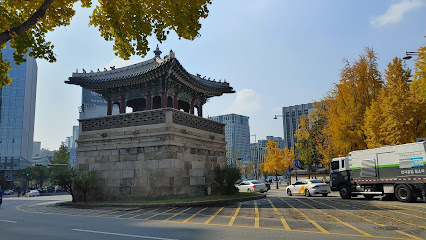
National Museum of Korean Contemporary History
0.2 km
Discover Korea's past at the National Museum of Korean Contemporary History, where modern history comes to life in the heart of Seoul.
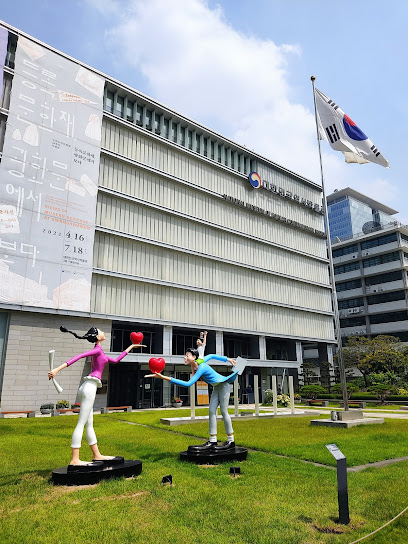
Seoul Hanbok Cafe
0.3 km
Discover the charm of Korean tradition at Seoul Hanbok Cafe, where coffee meets culture in a cozy ambiance.
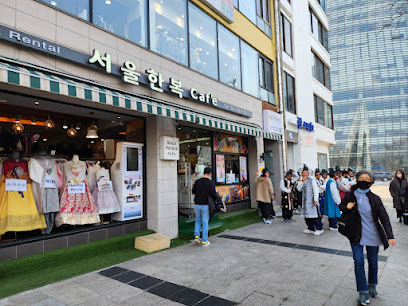
Sejong-ro Park
0.3 km
Experience the serene beauty of Sejong-ro Park in Seoul, an urban oasis blending nature, culture, and tranquility for every traveler.
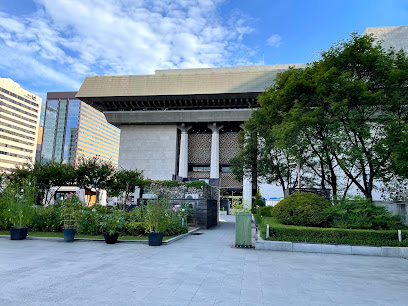
Geunjeongjeon
0.3 km
Explore the grandeur of Geunjeongjeon, the main throne hall of Gyeongbokgung Palace, a cultural landmark steeped in Korea's royal heritage.
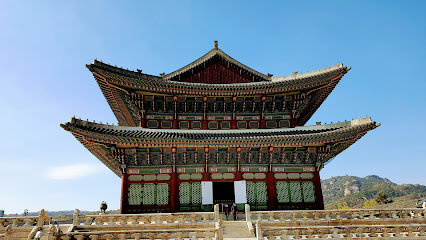
Hanboknam Gyeongbokgung hanbok rental shop
0.3 km
Dress in tradition at Hanboknam, the top hanbok rental shop in Seoul, and immerse yourself in the rich cultural heritage of Korea.
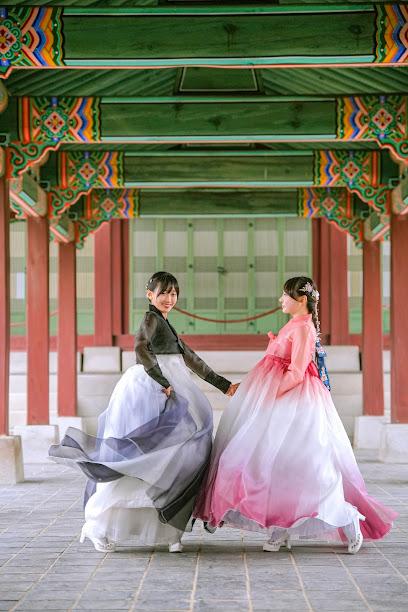
Statue of King Sejong the Great
0.3 km
Discover the rich history of Korea at the Statue of King Sejong the Great, a magnificent tribute to the beloved monarch and creator of the Korean alphabet.
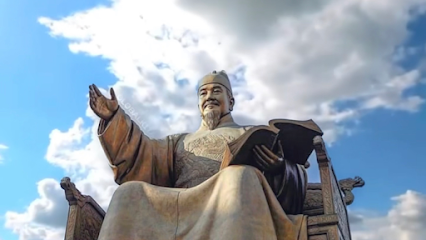
Daelim Museum
0.4 km
Discover contemporary creativity at Daelim Museum, a must-visit modern art destination in the heart of Seoul's Jongno District.
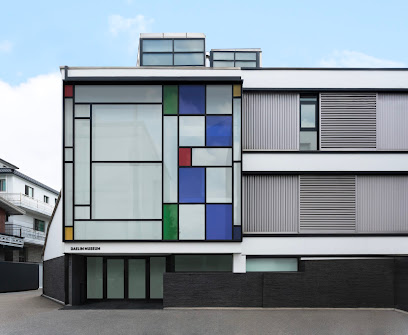
Sejong Center for the Performing Arts
0.4 km
Experience the heartbeat of Seoul's arts scene at the Sejong Center for the Performing Arts, where culture and creativity come to life.
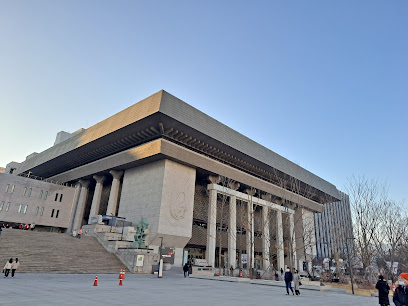
Gwanghwamun Square
0.4 km
Discover Gwanghwamun Square, a cultural landmark in Seoul where history meets modernity, surrounded by stunning architecture and vibrant public life.
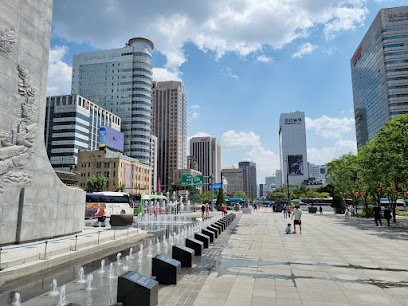
Gyeongbokgung Palace
0.4 km
Explore Gyeongbokgung Palace, a majestic cultural landmark in Seoul, rich in history and architectural beauty, perfect for every traveler.
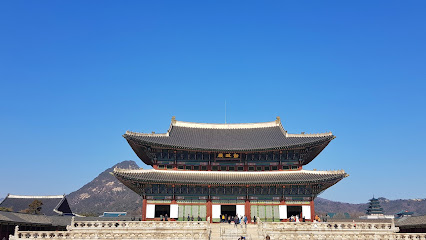
Gwanghwamun Hanok House
0.4 km
Discover the flavors of Korea in a traditional Hanok setting at Gwanghwamun Hanok House, an exceptional dining experience in Seoul.
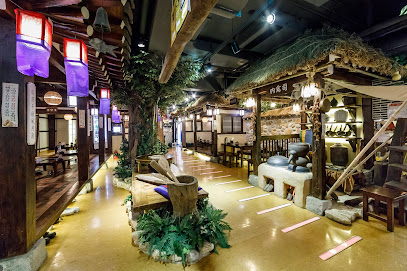
Sejong Village Food Street
0.4 km
Explore the vibrant Sejong Village Food Street in Seoul, where you can savor authentic Korean street food and immerse yourself in local culture.
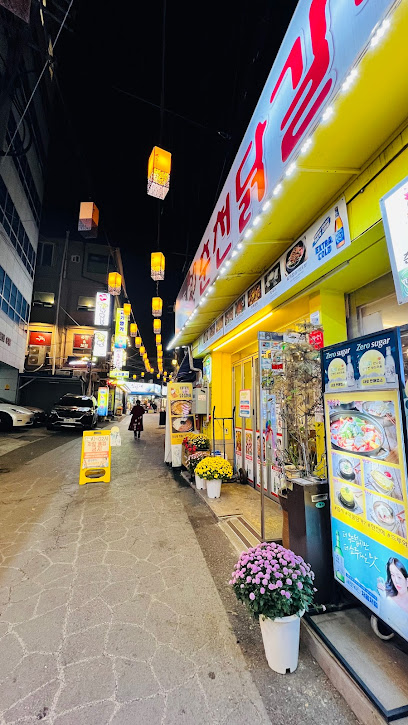
Essential places to dine
Dugahun
0.3 km
Experience authentic Italian flavors at Dugahun in Jongno District, Seoul – where culinary excellence meets vibrant atmosphere.
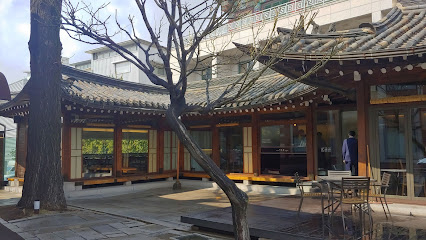
Korean Folk Village
0.6 km
Discover Korea's rich heritage at Korean Folk Village – an open-air museum showcasing traditional life with performances, crafts, and delicious cuisine.
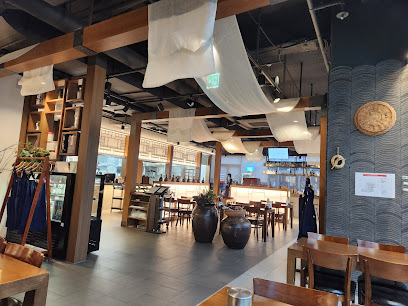
The Market Kitchen
0.6 km
Explore culinary excellence at The Market Kitchen in Seoul with an expansive buffet featuring global flavors and local specialties.
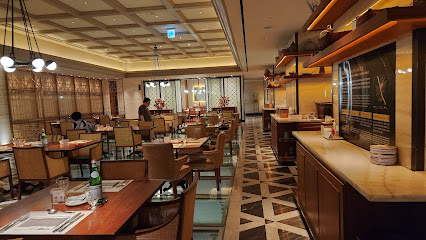
Akira Back
0.6 km
Experience culinary artistry at Akira Back in Seoul – where Canadian flavors meet Korean inspirations in a fine dining setting.
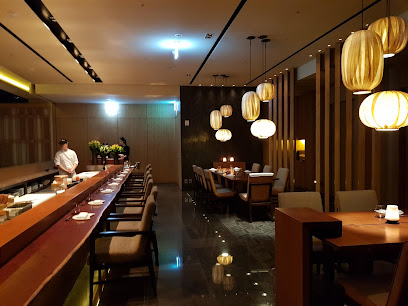
The Restaurant
0.6 km
Experience the perfect fusion of Haute French and Italian cuisine at The Restaurant in Seoul's Jongno District.
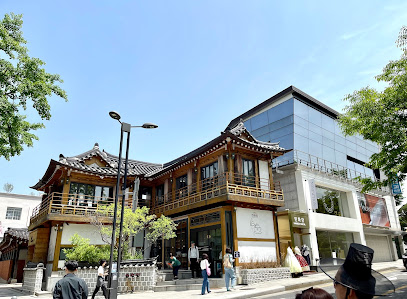
Insadong Geujip
0.7 km
Experience authentic Korean flavors at Insadong Geujip - where tradition meets culinary excellence in Seoul's historic district.
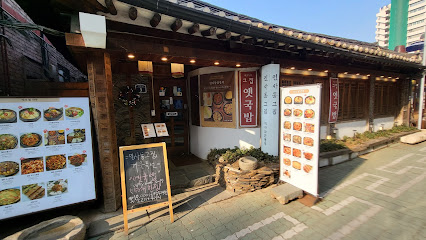
Ha-Yeon Korean Cuisine Restaurant
0.7 km
Savor authentic Korean traditional full-course meals at Ha-Yeon in Jongno-gu, where every dish tells a story.
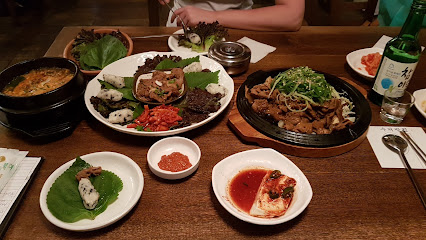
Doma Insadong
0.8 km
Discover authentic Korean flavors at Doma Insadong in Seoul's historic Insadong district – a perfect blend of tradition and taste.
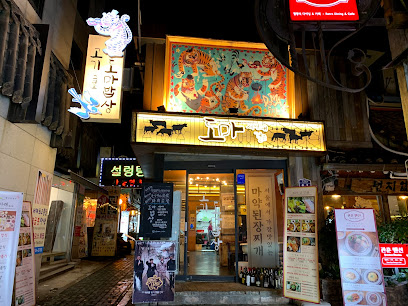
PyeongYang Gogitjip
0.8 km
Experience authentic Korean BBQ at PyeongYang Gogitjip in Jongno District, where flavors meet tradition in every grilled bite.
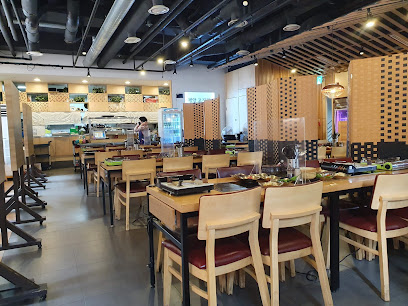
Sanchon
0.8 km
Discover authentic Korean vegetarian cuisine at Sanchon in Seoul's historic Insadong district—an unforgettable dining experience steeped in tradition.
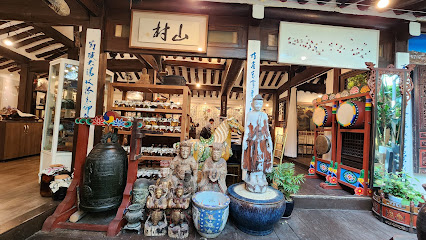
Insadong gukbap
0.9 km
Experience authentic Korean gukbap at Insadong Gukbap in Seoul - where tradition meets flavor in every bowl.
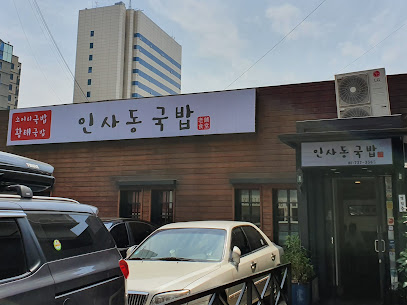
Yangbandaek
0.9 km
Experience authentic Korean flavors at Yangbandaek in Jongno District, where traditional cuisine meets warm hospitality.
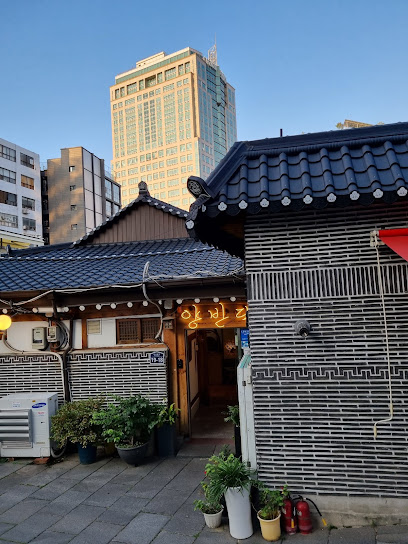
Korean Restaurant Doore
0.9 km
Experience the essence of traditional Korean dining at Doore - where every dish tells a story.
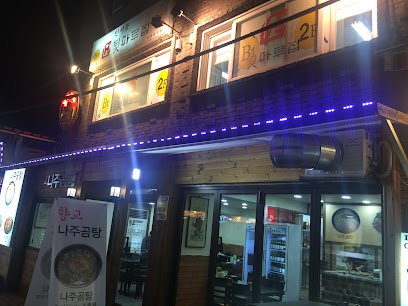
Tteok Salon Insadong
0.9 km
Experience authentic Korean rice cakes at Tteok Salon Insadong - a culinary gem in Seoul's historic Insadong district.
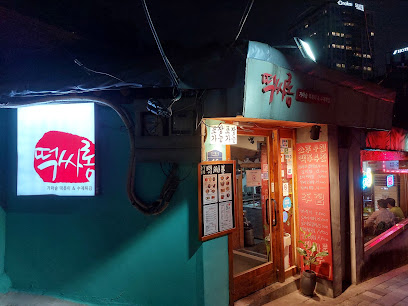
Tteulag
0.9 km
Discover Tteulag: A Culinary Haven in Seoul's Insadong District Offering Authentic Korean Flavors and Warm Hospitality.
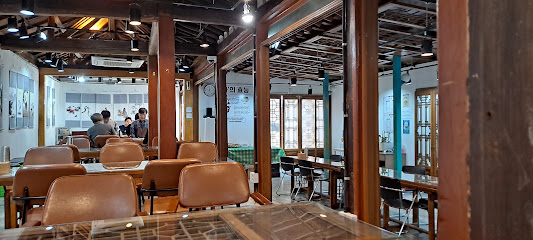
Markets, malls and hidden boutiques
YG Place Insa Branch
0.6 km
Explore the vibrant world of K-pop at YG Place Insa Branch, Seoul's premier music store, offering exclusive merchandise and a taste of Korean music culture.
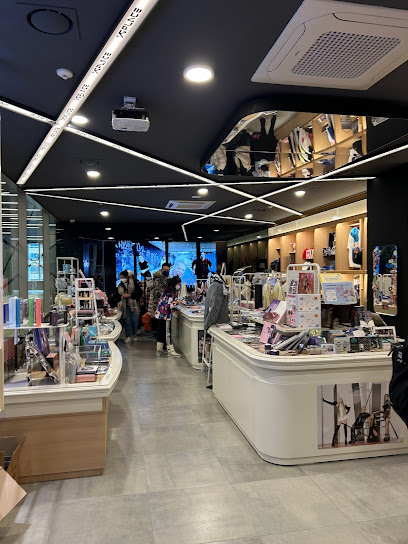
MSK SHOP / Cafe Coin (Manado disk Shop)
0.7 km
Explore the essence of Korean fashion at MSK SHOP / Cafe Coin, where unique styles and exceptional quality meet in the heart of Seoul.

세령 (Korean HandMade Highclass Traditional Accessory)
0.7 km
Discover 세령: Your Destination for Exquisite Handmade Traditional Accessories in Seoul, Celebrating Korean Artistry and Culture.
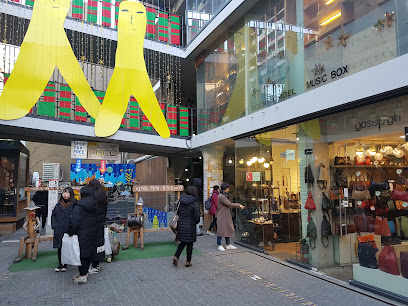
Moony Gongbang Music Box (무늬공방 도자기 오르골)
0.7 km
Discover the magic of handcrafted music boxes at Moony Gongbang in Seoul's Jongno District, where melodies and memories intertwine beautifully.
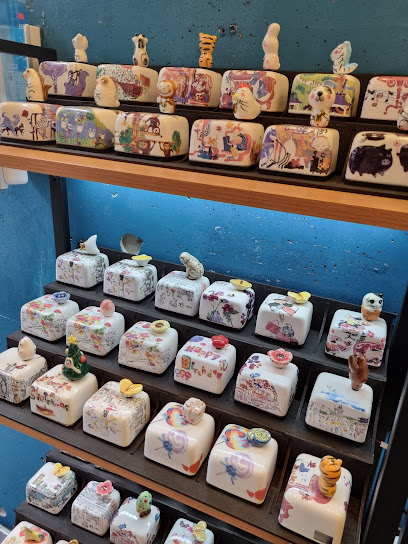
Kukje Embroidery
0.7 km
Discover the artistry of Korean embroidery at Kukje Embroidery, a unique gift shop in the heart of Seoul's Insa-dong district.
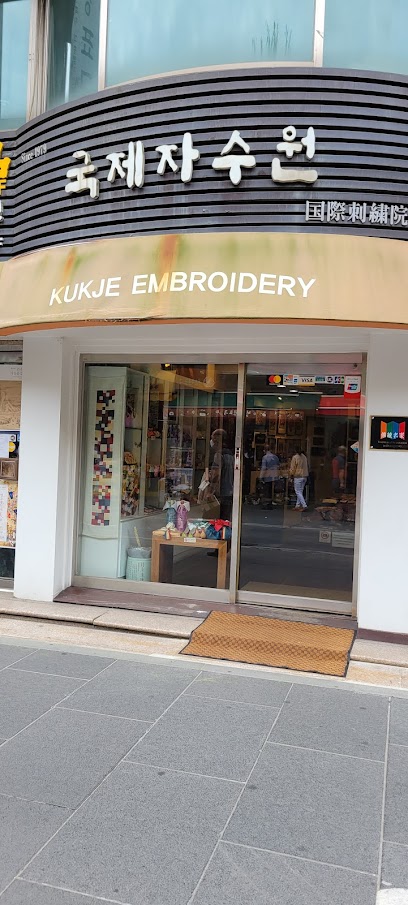
Ssamziegil
0.7 km
Explore the artistic heart of Seoul at Ssamziegil, where traditional crafts meet modern shopping in a vibrant cultural hub.
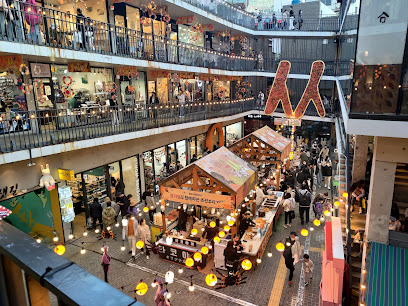
Object
0.8 km
Explore a charming souvenir store in Jongno District, Seoul, offering unique gifts and local crafts that reflect Korea's rich culture and heritage.
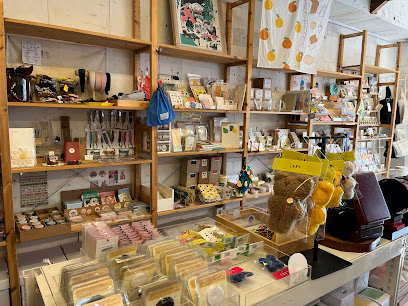
Etro Boutique
0.8 km
Discover the elegance of Italian fashion with unique prints and luxurious fabrics at Etro Boutique in Seoul, a must-visit for style enthusiasts.

Korean National Souvenir Center
0.8 km
Explore the Korean National Souvenir Center for unique handcrafted gifts and authentic cultural experiences in the heart of Seoul.
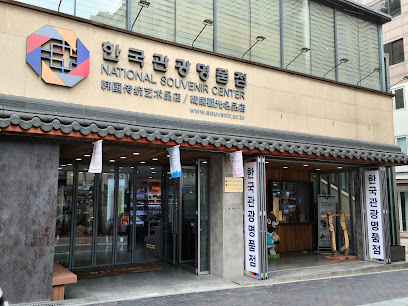
Insadong Vintage
0.8 km
Explore the rich tapestry of fashion history at Insadong Vintage, where each unique piece brings a story from the past to your wardrobe.
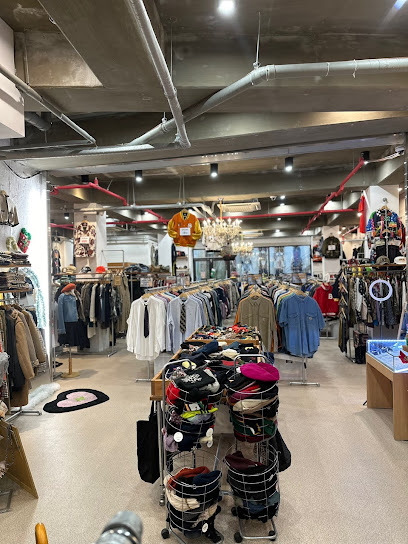
Yeon
0.9 km
Discover Yeon, a charming gift shop in Seoul, offering unique handmade products that reflect Korea's rich cultural heritage.
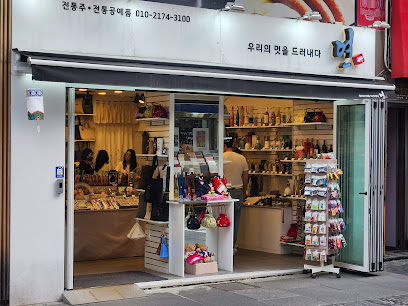
Insadong Bells and Wind Chimes Shop
0.9 km
Explore the enchanting Insadong Bells and Wind Chimes Shop in Seoul, a treasure trove of handcrafted gifts that capture the spirit of Korean culture.

인사1길
1.0 km
Explore the charm of Korean craftsmanship at Insa1-gil, a unique home goods store in Seoul's historic Insa-dong district.
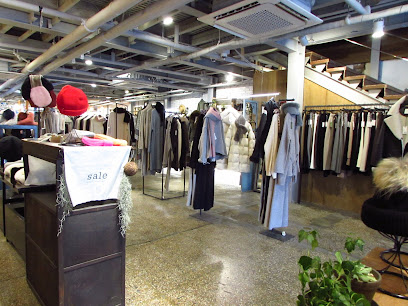
AEOL SSIGU MADANG
1.0 km
Explore vintage treasures at AEOL SSIGU MADANG in the heart of Seoul's Insa-dong, where retro fashion meets a vibrant cultural scene.
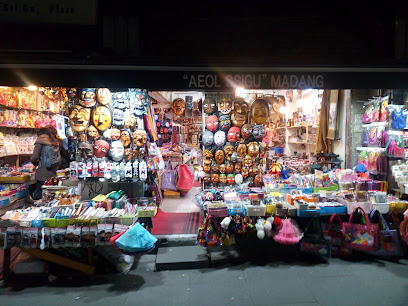
Damul
1.0 km
Explore Damul in Insa-dong, where traditional Korean fashion meets contemporary style in a vibrant shopping experience.

Essential bars & hidden hideouts
Tender Bar
0.5 km
Experience Seoul's nightlife at Tender Bar, a cocktail haven offering expertly crafted drinks and a vibrant atmosphere in Jongno District.
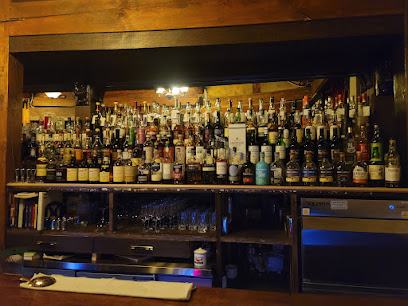
Cobbler
0.5 km
Experience the art of mixology at Cobbler, a premier cocktail bar in Seoul's Jongno District, where creativity and flavor intertwine.
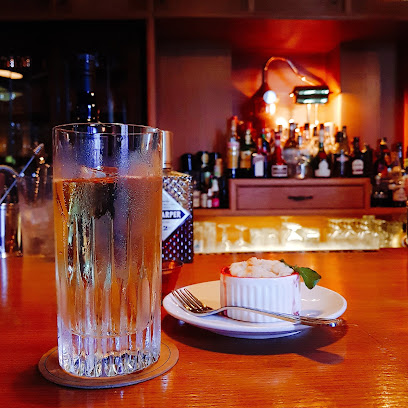
찰스 H Charles H.
0.6 km
Discover the perfect blend of elegance and modernity at Charles H. in Seoul, a sophisticated bar and dining experience.
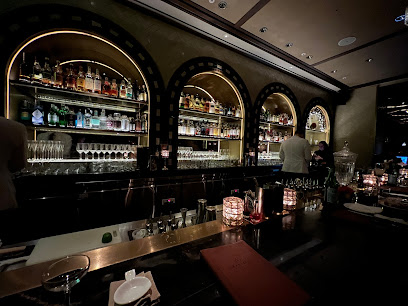
Bar Cham
0.7 km
Experience the art of mixology at Bar Cham, a cozy cocktail bar in Seoul's Jongno District, offering unique drinks and a warm ambiance.
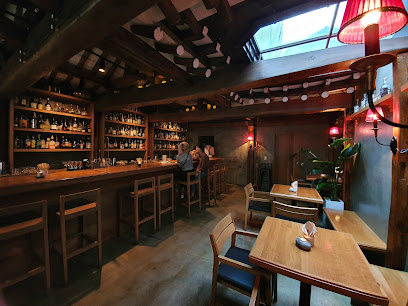
Bar Pomme
0.7 km
Discover the exquisite cocktails and vibrant atmosphere at Bar Pomme, a must-visit cocktail bar in Seoul's Jongno District.
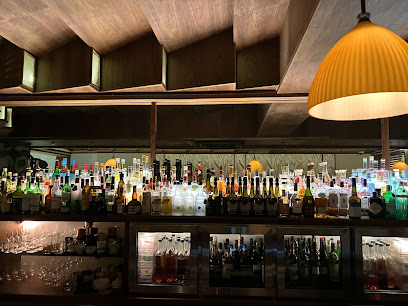
Tongkeun Imo
0.9 km
Discover the lively essence of Seoul's nightlife at Tongkeun Imo, a cozy bar in Insa-dong offering unique local drinks and a welcoming atmosphere.
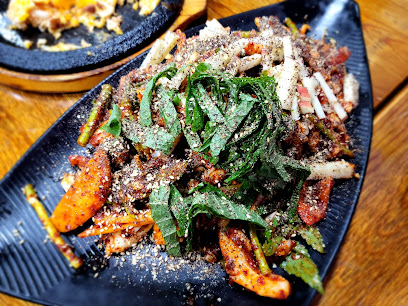
Seochon Dokkaebi
0.9 km
Discover Seochon Dokkaebi, a vibrant bar in Seoul that blends traditional Korean culture with modern nightlife, perfect for an unforgettable experience.
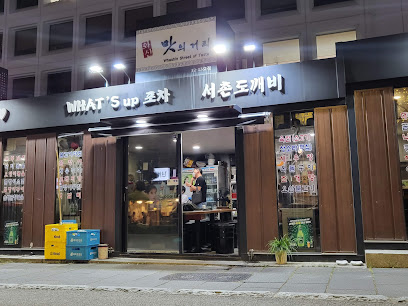
OB's Cabin
0.9 km
Experience the vibrant nightlife of Seoul at OB's Cabin, a live music bar where local talent shines in an intimate setting.
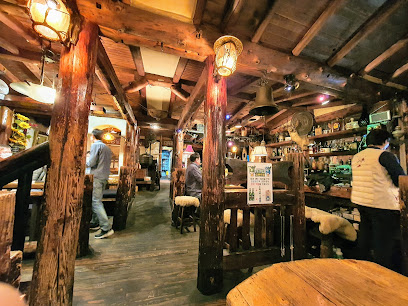
마당쇠호프
0.9 km
Discover the local charm of Seoul at 마당쇠호프, a popular bar in Insa-dong offering delicious drinks and a vibrant social atmosphere.
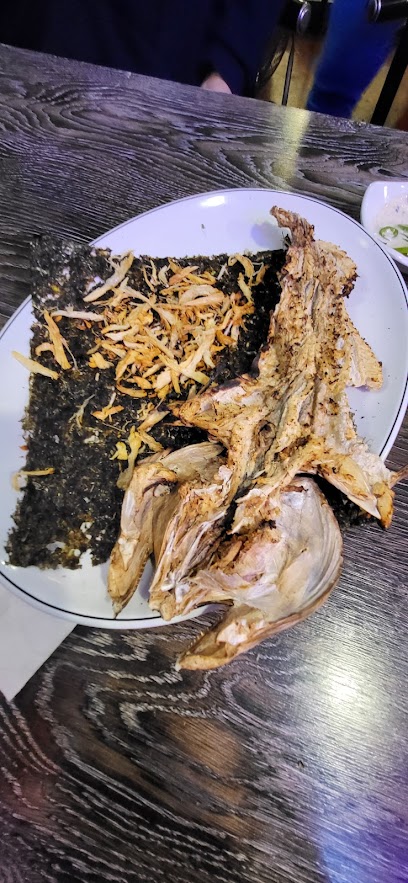
Tou
0.9 km
Experience the authentic taste of Korea at Tou, a Korean rice wine pub in Jongno District, where culture and flavor come alive.

Insadong Nogari
0.9 km
Experience the vibrant nightlife of Seoul at Insadong Nogari, a traditional bar offering delicious drinks and a welcoming atmosphere in the heart of Insadong.
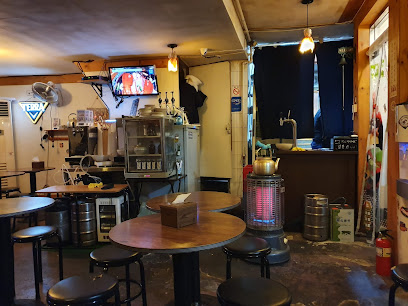
Jongnoilbeonzi
0.9 km
Discover the vibrant nightlife of Jongnoilbeonzi, a perfect bar to unwind in the heart of Seoul's cultural district, Insa-dong.
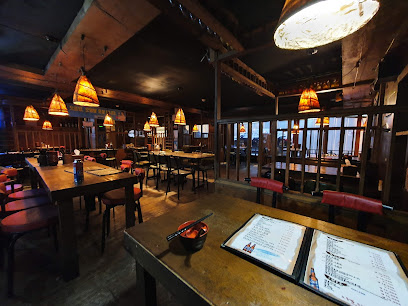
I Love Pub
1.0 km
Experience the vibrant nightlife at I Love Pub in Jung-gu, Seoul, where friendly service meets a lively atmosphere and delicious drinks.

Haejeo
1.0 km
Discover Haejeo, a unique bar in Insa-dong, Seoul, where traditional culture meets modern mixology for an unforgettable experience.

레벤호프
1.0 km
Immerse yourself in Seoul's nightlife at 레벤호프, where traditional charm meets modern mixology in the heart of Insa-dong.




